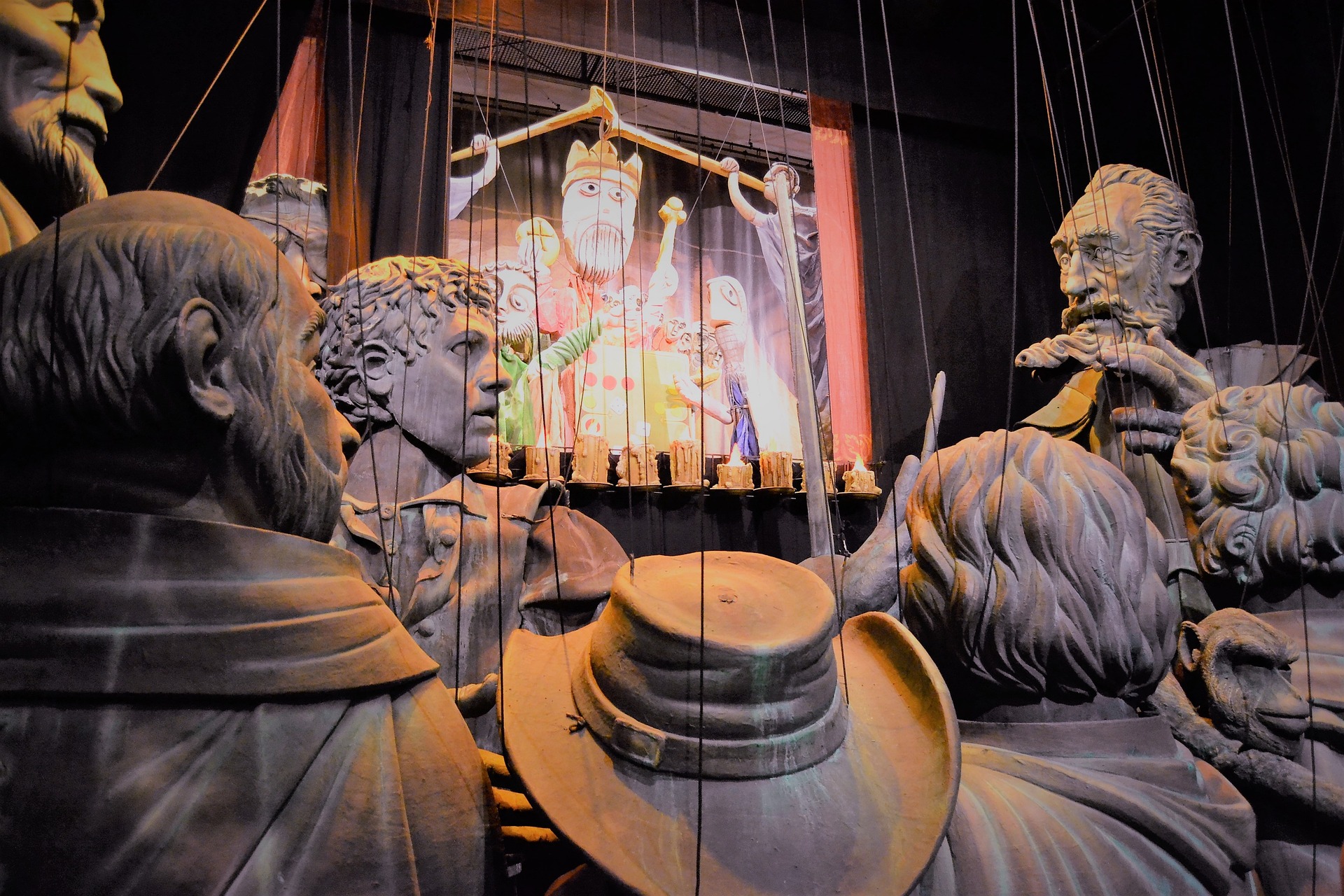Breaking the Fourth Wall: A Daring Trend in Contemporary Performing Arts
The stage is set, the actors are in place, and the audience is silently waiting. Yet, suddenly, the characters start to acknowledge the existence of the audience. This is the daring and transformative trend of “Breaking the Fourth Wall” in contemporary performing arts, a technique that is changing the traditional dynamics between performers and viewers.

Shattering the Illusion: The History of the Fourth Wall
The term “Fourth Wall” is rooted in the theater. It represents the invisible barrier between the world of the characters and the audience. Traditionally, the illusion of this wall is maintained throughout a performance, ensuring a clear division between reality and fiction. However, the practice of breaking this wall and directly addressing, or involving, the audience has a long history, tracing back to Ancient Greek theater. Over time, this technique has evolved, now used as a tool to surprise, engage, and prompt the audience to think more deeply about the performance.
A Timely Resurgence: Current Trends in Breaking the Fourth Wall
In recent years, breaking the fourth wall has seen a resurgence in popularity, both in theater and other forms of media like television and film. Series like House of Cards and Fleabag have made smart use of this technique, often using it as a device to offer insights into a character’s thoughts or to create a more intimate connection with the audience. Moreover, the rise of interactive and immersive theater experiences, like those pioneered by Punchdrunk, has also seen the fourth wall almost entirely dismantled, with audience members actively participating in the narrative.
Impact and Reception: A Double-edged Sword
The impact of breaking the fourth wall is profound. It can bring a sense of immediacy and intimacy to a performance, making the audience feel more engaged and invested. However, it can also be a double-edged sword. When done poorly, it can disrupt the narrative flow and alienate the audience. As such, it requires a delicate balance and skilled execution. Critics and audiences alike have been divided on its use, some praising it as innovative and engaging, while others see it as a gimmick that can detract from a performance’s overall impact.
The Future of the Fourth Wall
Though not a new technique, the resurgence of breaking the fourth wall demonstrates its potential to keep audiences on their toes and deepen their engagement with a performance. As theater and film continue to evolve and experiment, it’s likely that we’ll continue to see this boundary-pushing technique employed in innovative ways. Whether loved or loathed, the practice of breaking the fourth wall is a testament to the ever-changing, dynamic nature of the performing arts world.
In the end, whether the fourth wall is maintained, broken, or completely shattered, its presence—or absence—will continue to play a significant role in shaping the future of performing arts. Enjoy the show!




